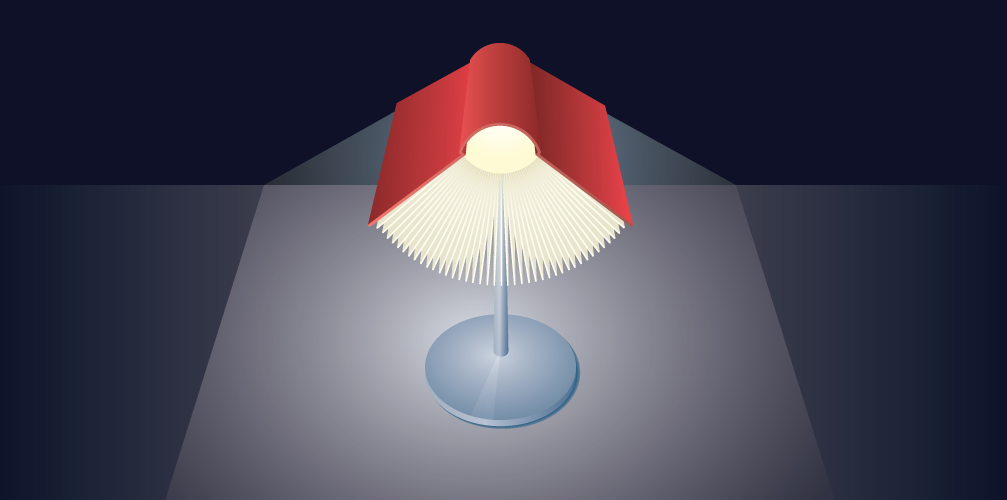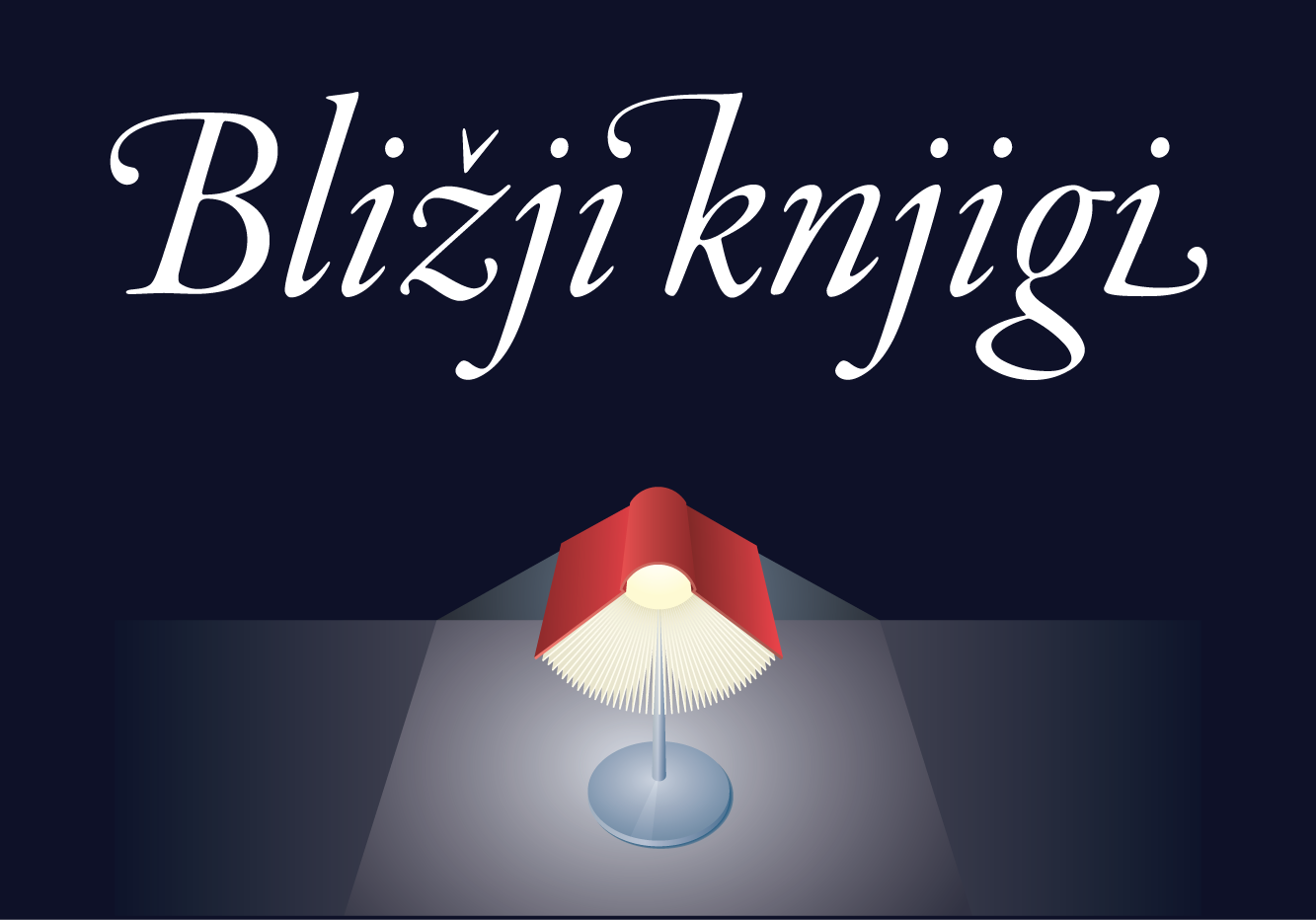

Stihi
- Izvirni naslov Pesmi
- Avtorji Jesih Milan (avtor), Kraševec Borut (prevajalec), Perkovskaja Žanna Vladimirovna (prevajalec), Androsjuk Natalija (prevajalec)
- Leto izdaje 2016
- COBISS.SI-ID 284724736
- Isbn 978-961-6995-07-8
- Jezik ruski
- Izdaja e-knjiga
- Založba DRUŠTVO SLOVENSKIH PISATELJEV
- Zbirka Litterae Slovenicae
- Kategorije Leposlovje za odraslePoezijaLiterarne vede, študije
- Cena 12,99 €

Opis
Traditional Slovenian literary criticism has always associated the name of Milan Jesih with the phrase poetic modernism. Jesih’s first poetry collection “Uran v urinu, gospodar!” (Uranium in the Urine, Master!) continues the apparent ludism of Tomaž Šalamun. “Legende” (Legends), already evinces a development of modernist techniques and thus assumes a transitional role: the line gains in length and narrativity, thus paving the way for the twin summits of Jesih’s modernism, the collections “Kobalt” (Cobalt) and “Volfram” (Tungsten). Jesih’s energetic modernism peters out with these collections, and five years later his poetic composition is transformed in the collection “Usta” (Lips). The peak of Jesih’s writing, according to traditional literary criticism, occurs in the 1990s, which saw the publication of his “Soneti” (Sonnets) and “Soneti drugi” (Sonnets the Second, 1993). The regularity of form and connection to France Prešeren tradition make Jesih a postmodernist who has successfully employed classical structures to exploit the range of possibilities inherent in the Slovenian language. In collection “Jambi” (Iambics) his apparent structural rigidity, in fact, charges his language with even more meaning. “Verzi” (Verses) and “Pesmi” (Poems), were followed in 2007 by the collection “Tako rekoč” (So to Say). So to Say inaugurates a type of composition that seeks, with less seriousness, albeit with great harmony in a narrative mode – a mode that makes his poetry a pure delight. Continuing the trend of So to Say, the collection “Mesto sto” (Hundredtown). Jesih’s most recent collection, “Lahkoda” (Couldbe), is an elaboration of the poet’s search for and omission of the subject in various tones, ranging from more to less serious.





